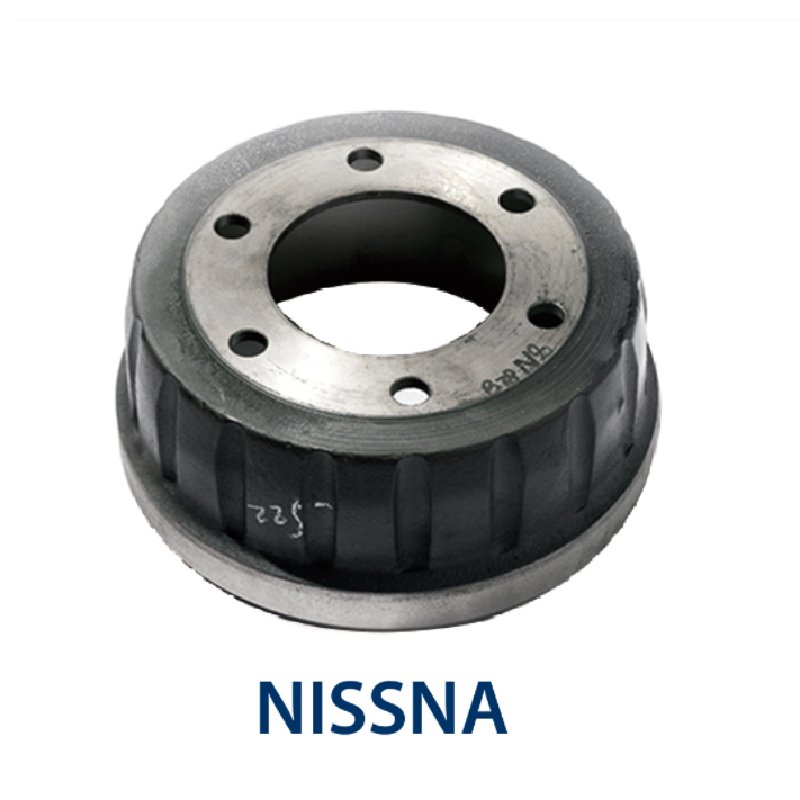12 月 . 03, 2024 18:54 Back to list
rear brake drum removal tool
Rear Brake Drum Removal Tool Essential Equipment for Vehicle Maintenance
When it comes to vehicle maintenance, one of the most overlooked areas is the braking system. While many car owners are familiar with disc brakes, not everyone knows about drum brakes, particularly the rear brakes that are prevalent in many older vehicles and some light trucks. Removing a rear brake drum can be a challenging task if you don't have the right tools. This is where a rear brake drum removal tool comes in handy, making the job easier and more efficient.
Understanding Rear Brake Drums
Before delving into the specifics of removal tools, it's essential to understand what a rear brake drum is and how it functions. A brake drum is a cylindrical part that contains the brake shoes. When you press the brake pedal, hydraulic force pushes the brake shoes against the inner surface of the drum, creating the friction needed to stop the vehicle.
Over time, brake drums can become worn or damaged, necessitating replacement. However, many car enthusiasts shy away from this task due to the perceived complexities involved. The key to successfully removing a brake drum lies in having the appropriate tools, particularly a rear brake drum removal tool.
The Importance of Using the Right Tool
Using the correct tool for removing brake drums is crucial for several reasons
1. Safety Attempting to remove brake drums without the right equipment can lead to accidents, injury, or damage to the vehicle. 2. Efficiency A specialized removal tool can cut down the time spent on the task significantly. It allows for a smoother operation compared to makeshift methods that may take longer. 3. Reduced Damage Improper removal techniques can cause damage to the drum, shoe, or other components, leading to costly repairs.
Types of Rear Brake Drum Removal Tools
There are various types of rear brake drum removal tools available on the market. Understanding these tools can help you choose the one that best suits your needs.
1. Drum Pullers This is the most common type of tool used for removing brake drums. A drum puller typically comprises a set of hooks or arms that attach securely to the brake drum. With a threaded bolt in the center, the tool applies pressure evenly, allowing the drum to be pulled off without excessive force that could cause damage.
2. Brake Spring Tools While not directly involved in removing the drum, brake spring tools are essential for servicing brake shoes and springs once the drum is off. They help in removing and installing tension springs safely, preventing injury and damage to parts.
rear brake drum removal tool

3. Brake Drum Adapter Kits Some specialized kits come with various adapters to fit different vehicle makes and models. These kits often include multiple pulling tools, ensuring compatibility with a wide range of drum sizes.
Steps for Using a Rear Brake Drum Removal Tool
Using a rear brake drum removal tool involves a few simple steps
1. Safety First Park the vehicle on a level surface and engage the parking brake. Always wear safety goggles and gloves.
2. Remove the Wheel Using a lug wrench, take off the wheel to expose the brake drum.
3. Inspect the Drum Before removal, check for any visible signs of wear or damage.
4. Attach the Drum Puller Securely attach the drum puller to the brake drum, ensuring that the hooks or arms are properly positioned.
5. Apply Pressure Gradually tighten the center bolt of the puller. Be consistent and cautious; the drum should begin to come loose without excessive force.
6. Remove the Drum Once the drum is free, carefully pull it off the hub. If it remains stuck, a few taps with a hammer (on the rear) may help loosen it.
Conclusion
In conclusion, the right tools are indispensable when it comes to safely and effectively removing rear brake drums. A quality rear brake drum removal tool not only makes the job easier but also protects your vehicle's components. Whether you're a professional mechanic or an amateur DIYer, investing in a good removal tool can save time, money, and potential injury. Understanding your vehicle's brake system and having the right equipment is key to maintaining safety on the road. Always prioritize safety and consult a professional if unsure about any step of the process.
-
Brake Drum for Kamaz Trucks Durable OEM Replacement & High Performance
NewsMay.30,2025
-
Brake Drum Man High-Quality Drum Brake & Shoe Solutions
NewsMay.30,2025
-
High-Performance Brake Drum for Kamaz Trucks Durable Drum Brake Components
NewsMay.29,2025
-
Brake Drum Man High-Quality Drum Brake Drums & Brake Shoes
NewsMay.29,2025
-
Brake Drum MAZ High-Performance & Durable Replacement Parts
NewsMay.29,2025
-
heavy truck brake drums
NewsMar.07,2025
